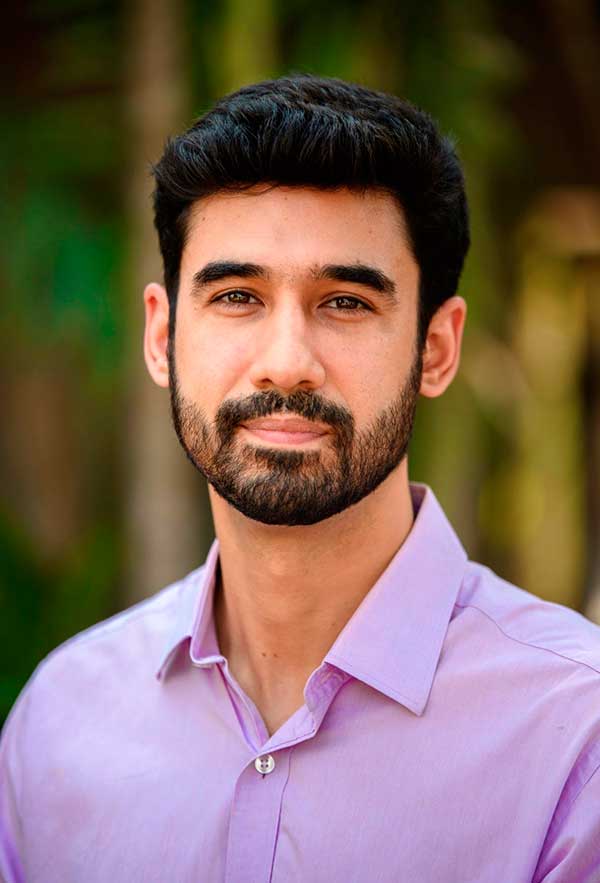
Recently, I caught up with Siamack Zahedi, one of our chapter authors for our upcoming book, Designing Democratic Schools and Learning Environments: A Global Perspective.
I wanted to better understand how Sia (as he is often called) came to be so passionate about documentation and research.
He is a product of the Indian education system, which he describes as “not set up for kids. It’s totally teacher directed, and totally focused on high stakes system of testing.” He wanted to create something better for young people where education could connect to solving some of the some of the urgent problems facing their communities. At 23 he founded his first school and at 26 he second. Then, he founded an educational consulting company but he didn’t like not having control over operationalizing ideas and seeing through to actual outcomes.
He also began to get frustrated by the lack of rigorous research connecting ideas to outcomes. “How did we know we were being successful? What were we actually studying?” Now, as the director of education and research for the Acres Foundation he has found his perfect niche: he is studying the various components of Green Acres Schools and writing about what is being learned. (His chapter in our book is also about this). As far as Sia is concerned, this kind of empirical research about education is not commonplace in India. He wants to see much more educational research about the Indian context. Currently, most studies come from outside of the country.
His vision in 5-7 years: education reform will be inspired and validated by educational research. “You can’t say you have effective tools and blueprints if you haven’t studied them over time.” Hard to disagree with that statement.
He believes deeply in the model of Green Acres Schools which includes 6 components: effective leadership, teacher capacity, curriculum development, school climate, parent engagement and systems to support data driven decision making. He wants to lift up the exemplar activities and programs that make these features work and document andy study them. Then, he hopes to continue to pilot and iterate in the various schools. Next, that learning will be systemized and shared through various channels. The hope: improving educational outcomes for many more children based on research in and from the Indian context.
When I asked about recent challenges, Siamack’s response was swift: implementation of one-to-one devices. “Parents just didn’t want their students on chrome books. They hadn’t learned with technology; they could see it for their children. There was such massive pushback.” Nevertheless, he explained to me, given class sizes of 40–45 students and one teacher, one of the most efficient ways to give immediate feedback is through technology. “Teachers can actually do formative assessments; students are more engaged.” Finally, he was able to roll out the program and parents have been surprisingly supportive. They see that their children are actually learning more. But, the familiar adage: Change is hard; you go first was certainly at play here during the lengthy discussions.
Siamack is pleased by the myriad ways Green Acre Schools innovate. “But really only through grade 8.” Sadly, like many Indian educators, innovation stops when exam prep takes over in grade 9. Hopefully, with more research, the system will begin to loosen up.
Here is the announcement of his most recent co-authored piece.
The Acres Foundation Research Center is proud to share with you its latest publication in the peer-reviewed international research journal Educational Research for Policy and Practices.
Title: The use of blended learning to promote learner‑centered pedagogy in elementary math classrooms.
Context and Significance: Promoting learner centered education in classrooms with 40 students is a goal we have been actively working on at Acres. In this study, we conducted a small pilot to evaluate the efficacy of a blended learning math program in terms of its influence on student engagement. The results were so significantly positive that it inspired us to scale up the use of the program and transform our instructional practices for foundational math, across all primary grades across all three of our schools.
